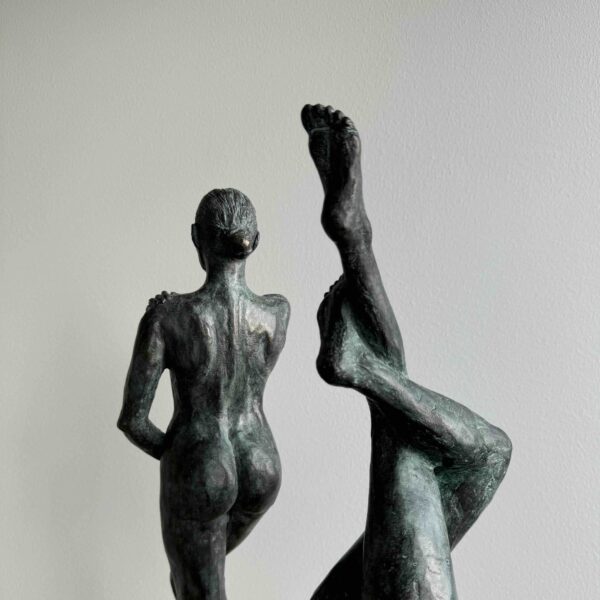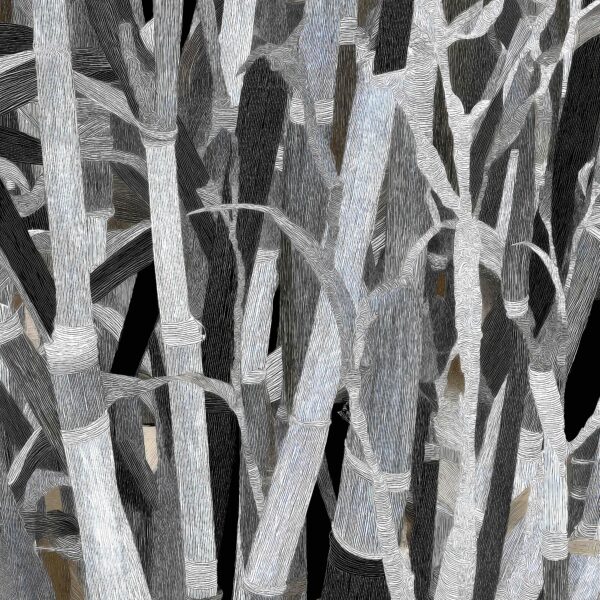Recursive Collapse: ADHD and the Aesthetics of Digital Alienation
Tracing the evolution of ADHD’s practice from layered collage to recursive motion, this essay explores how his new body of work, Phase Shift, transforms digital noise into temporal meditation.
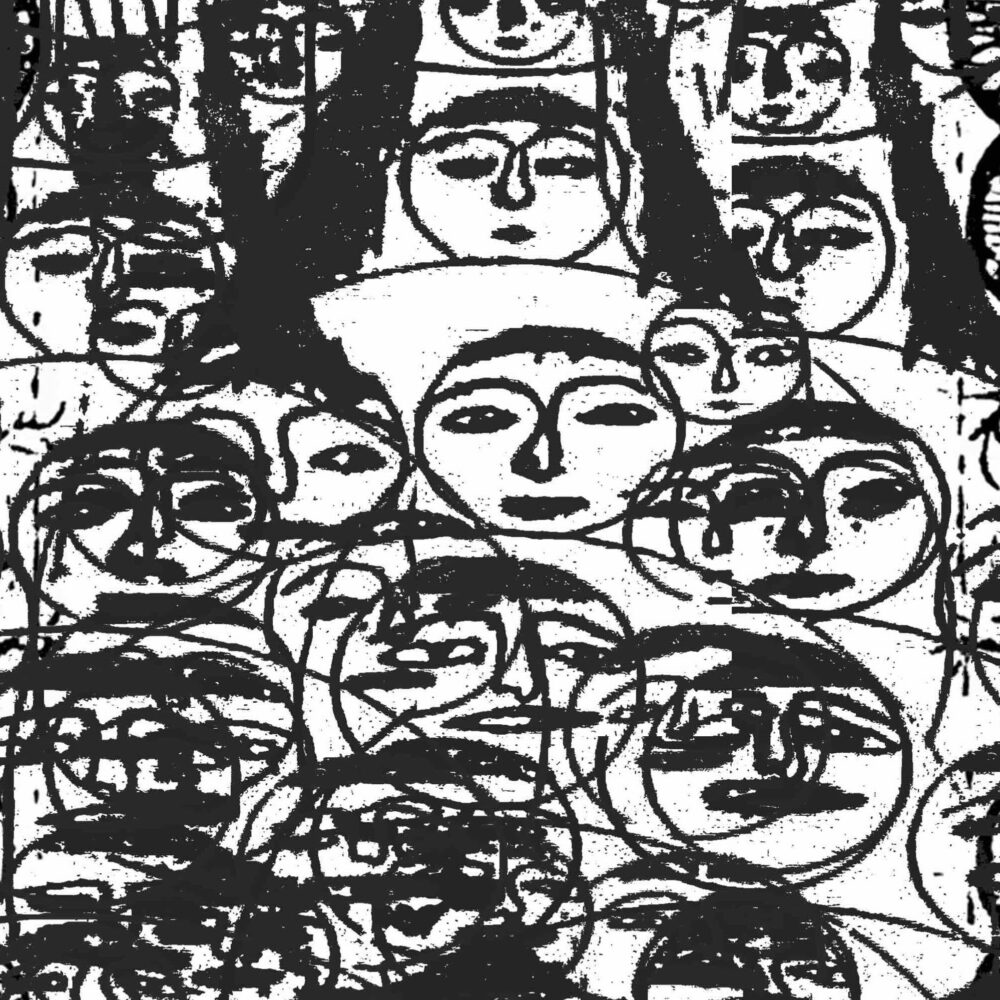
There are too many tabs open in ADHD’s universe. Too many icons, too many ghosts, too many false notifications, headlines, habits, histories. But that’s exactly the point.
Working under the pseudonym ADHD, U.S.-based multidisciplinary artist Colin Frangicetto builds visual architecture from digital detritus and analog wounds. His paintings and collages are hyper-layered, recursive storms of texture, text, and cultural residue. They don’t depict a world—they enact its fragmentation.
Known also as Space Case, ADHD merges methods from punk zine aesthetics, street collage, art brut, and glitch art. The result is a uniquely maximalist language: frantic yet composed, chaotic yet elegiac. Every inch of the canvas pulses with noise, like a screen that won’t turn off.
This is art for the permanently logged on. Not just digital art—but art about digitality itself: its compulsions, its contradictions, its architecture of alienation.
A Magnificent Waste Of Time (Come To Bed)
“90,000 hours. Or, how love disappears beneath the click.”
In A Magnificent Waste Of Time (Come To Bed), ADHD confronts the romantic brutality of labor—particularly creative labor—under late capitalism. The painting, a dense field of pinks, reds, bruised oranges, and scrawled markings, feels like a love letter interrupted by a timecard.
Embedded texts and gestural layers blur the boundary between notebook scribbles and painterly abstraction. The composition teeters between exhaustion and seduction—“come to bed” as both invitation and resignation. There’s longing here, but it’s buried under schedules, stats, and psychic noise.
This is ADHD at his most intimate. The mess isn’t spectacle—it’s testimony. The artist’s obsessive layering mimics the recursive logic of the internet itself: constantly adding, rarely deleting, never quite arriving.
It evokes Cy Twombly’s mark-making, Rauschenberg’s restless layering, and the digital decay of post-net art—but with a tenderness that sets it apart. This isn’t just collage. It’s a weather report for the working heart.

Alone and Unwatched
“Eight billion encrypted spheres desperate for love.”
If A Magnificent Waste looks inward, Alone and Unwatched scans the social landscape—specifically the dissonance of being hypervisible and emotionally erased. The canvas presents like a digital prayer rug: fractured symbols, nested screens, floating icons, gestures turned into glyphs.
The title and subtitle (“eight billion encrypted spheres desperate for love”) say everything. This is not a depiction—it’s a diagnosis. The work captures the loneliness of algorithmic life, where identity is cached, encrypted, and perpetually available for sale. Yet the ache is not gone—it’s just sublimated.
The grainy pixelation, the disjointed overlays, the almost hieroglyphic abstraction—all evoke a deep sadness disguised as structure. If there’s a religion here, it’s one of scrolling. Worship as repetition. Belief as bandwidth.
Alone and Unwatched isn’t quiet. It just knows you stopped listening.
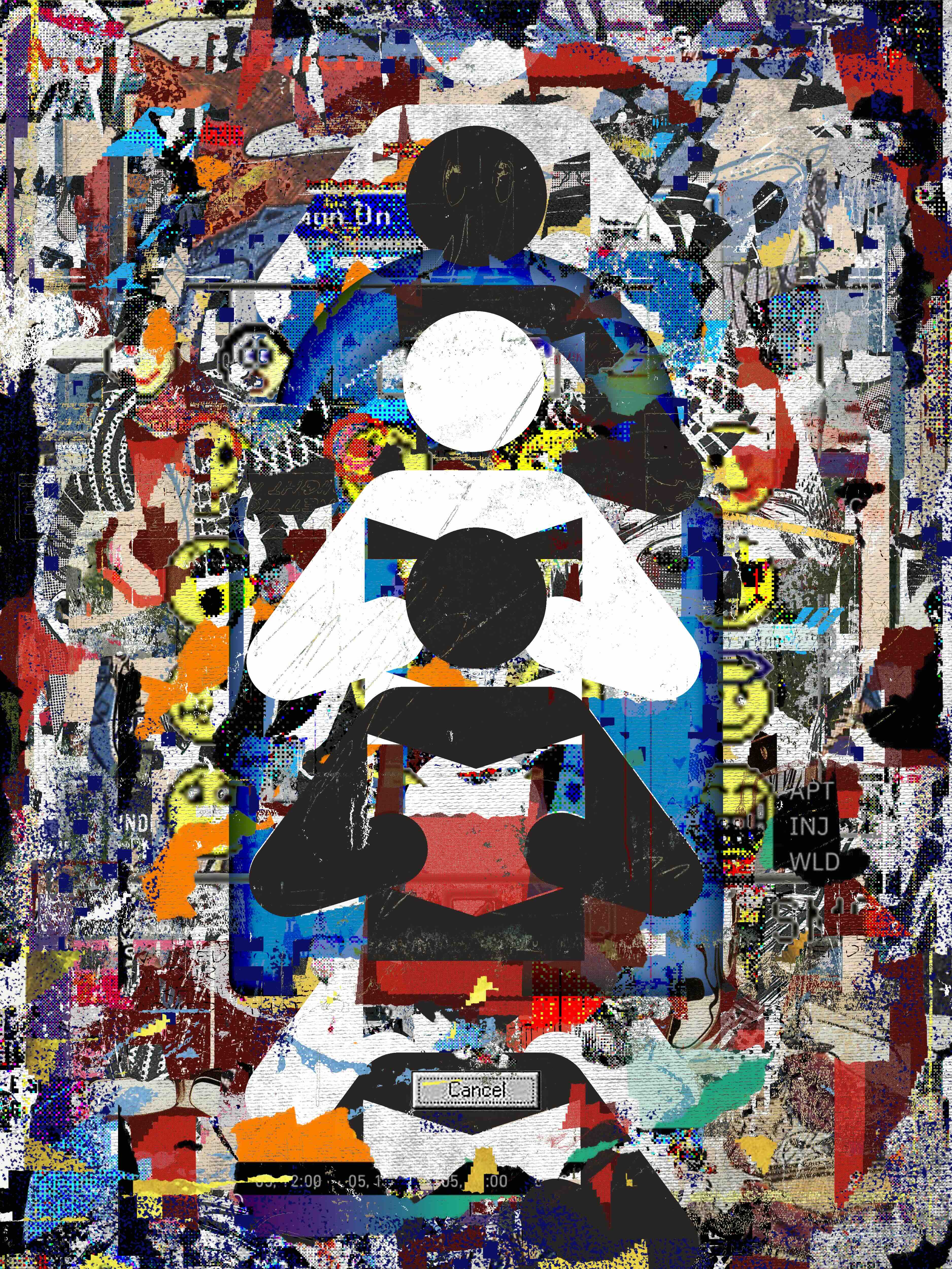
Notifications [an odyssey]
“The hero’s journey is now a screen you forgot to clear.”
This piece is ADHD’s most overtly satirical. Notifications [an odyssey] is what happens when the entire internet drowns in its own interface. A red notification bubble looms like a god. Bits of iOS and social media UI detritus are smeared across the surface like oil pastel graffiti. There’s no center—only alerts.
Visually, it echoes the noise fields of Basquiat or the text fragments of Barbara Kruger, but instead of slogans, we get pings. Dings. Chimes. The artwork overwhelms with artificial urgency—urgency without origin. What was once communication becomes signal loss.
This piece is funny, but it’s also tragic. The painting is structured like a shrine, but one that keeps glitching. ADHD doesn’t ask us to turn off our phones—he asks us to notice what they’re doing to us.
The “odyssey” here isn’t heroic—it’s recursive. A loop through platforms, pings, and the illusion of connection.
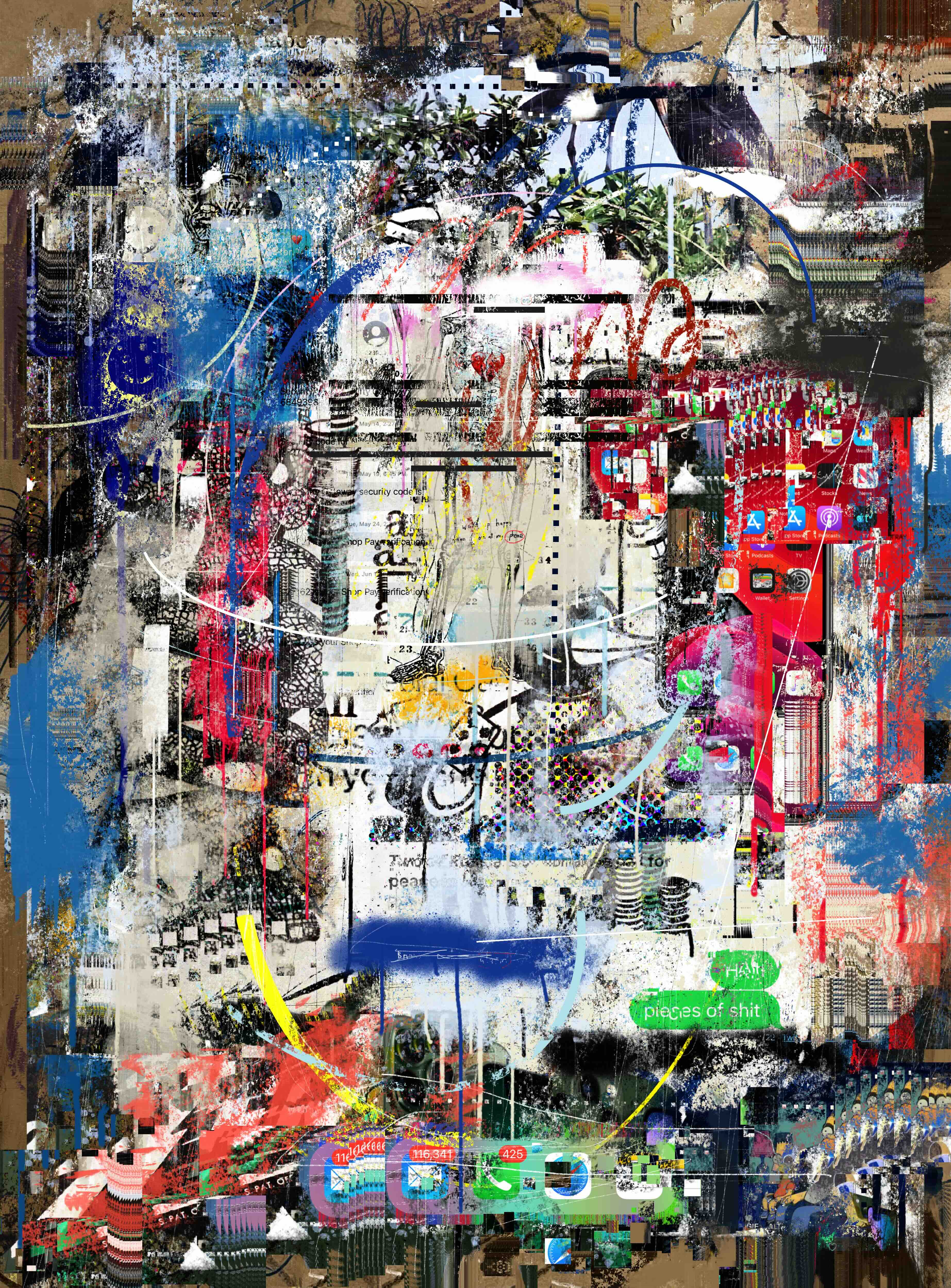
Search History
“Open / continue.”
The final piece in this quartet, Search History, is perhaps the most visually haunting. A floating window frame—reminiscent of browser tabs or pop-ups—floats in a sea of ambient detritus. Images collapse into one another. The visual field offers no horizon.
It’s not an image—it’s a recursion. Every search leads to more searching. Every memory triggers its distortion.
Where earlier works buzz with emotional urgency, Search History feels more somber, even ritualistic. The forms blur like worn-out screenshots, pulled too many times through compression and filter. It’s an image of grief processed through cached data.
The “open/continue” prompt in the description captures the horror perfectly. The screen never closes. You never log off. What was once a tool becomes a mirror—and then a tomb.
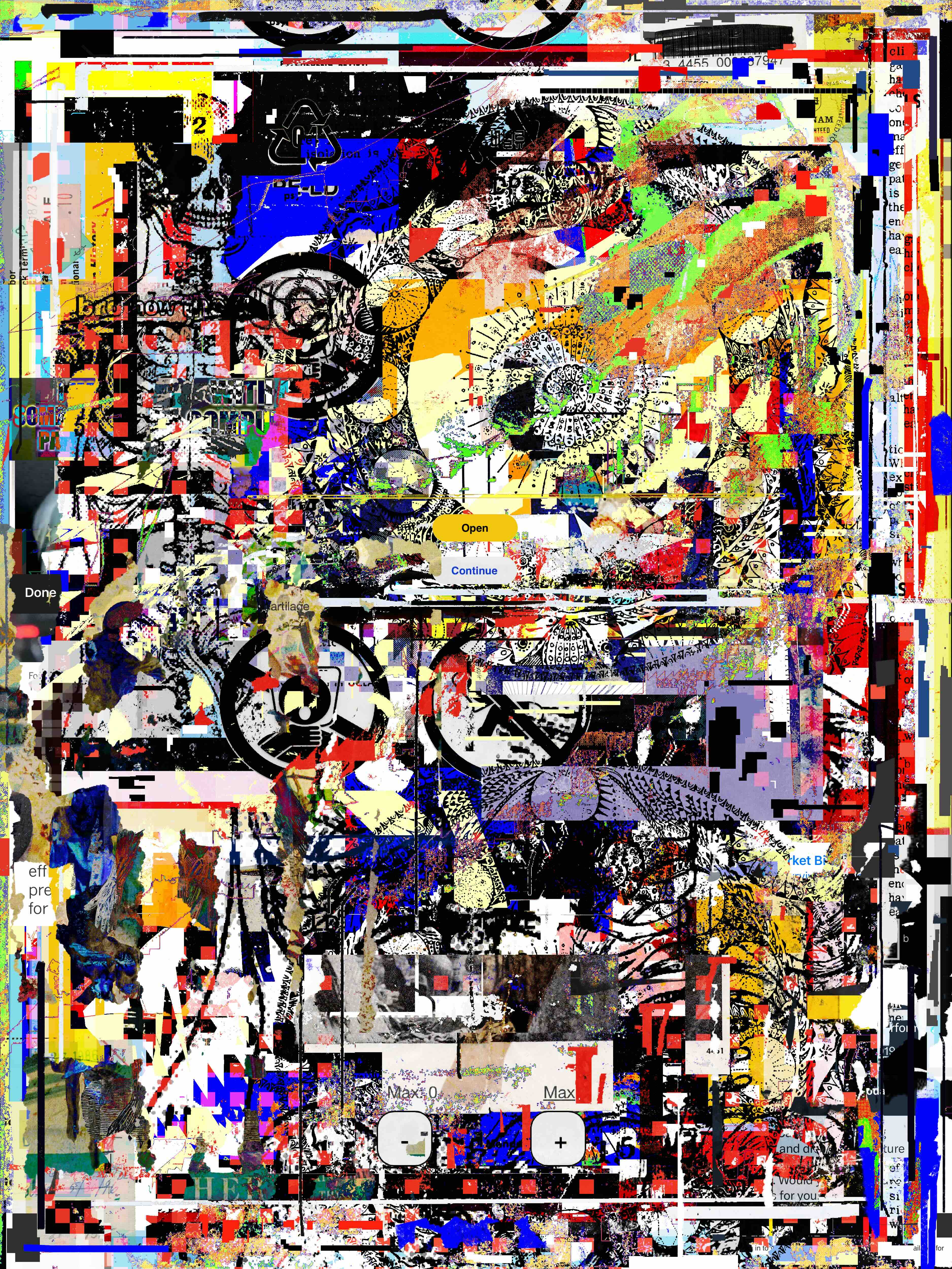
Phase Shift: The Loop as Liberation
With Phase Shift, ADHD extends his obsession with recursion and overload into motion itself. This new body of twelve unique 1/1 GIFs transforms his painterly logic into temporal form—each work looping endlessly, caught between stillness and duration.
In his artist statement, ADHD frames this transition through a lineage of artists who redefined their mediums: Jenny Holzer from paper to LED, Richter from paint to glass, and Kruger from collage to video. What binds them, he notes, is the act of transformation—the shedding of one skin for another. For him, that “phase shift” is not merely formal but philosophical: the dissolution and reformation of meaning within the machinery of time.
The loop, unlike film or linear narrative, offers “duration without progression.” It is an image that breathes but does not move forward—a form of stasis that feels like meditation. In a culture obsessed with acceleration and novelty, ADHD finds refuge in repetition. The seamless GIF becomes both mantra and mirror, a digital mandala for the age of overstimulation.
Solutionism
“Algorithmic bias ad infinitum.”
In Solutionism, one of the central works in Phase Shift, ADHD captures the futility of the technocratic dream. Fragments of grids, wires, and limbs pulse in recursive sequence—colors flash, collapse, and reemerge with ritualistic rhythm. The title itself mocks the modern faith in optimization, the idea that every human problem has a technical solution.
But here, systems devour themselves. Logic collapses into noise. The loop refuses resolution, mirroring the self-perpetuating cycles of the platforms we inhabit. What emerges is not progress but pattern—a haunting choreography of error and intention.
Where earlier canvases rendered digital alienation as static overload, Phase Shift animates that condition. The result is a body of moving paintings—alive, recursive, and deeply human in their refusal to end.
Conclusion: Signal Loss, Signal Found
ADHD doesn’t make art about the internet. He makes art through its residue—its gestures, its loops, its scars. His work doesn’t ask for comprehension. It asks for recognition.
Each piece is a palimpsest, a ritual, a wreckage. He paints—and now animates—as though he’s trying to bury something and dig it up at the same time. His practice, once defined by collage, now folds into motion: the still image becoming the infinite return.
He is not an artist of answers. He is an artist of beautiful noise—painfully human, gloriously broken, and defiantly online. In his loops and layers, the signal is never lost—it’s simply waiting to be found again.
